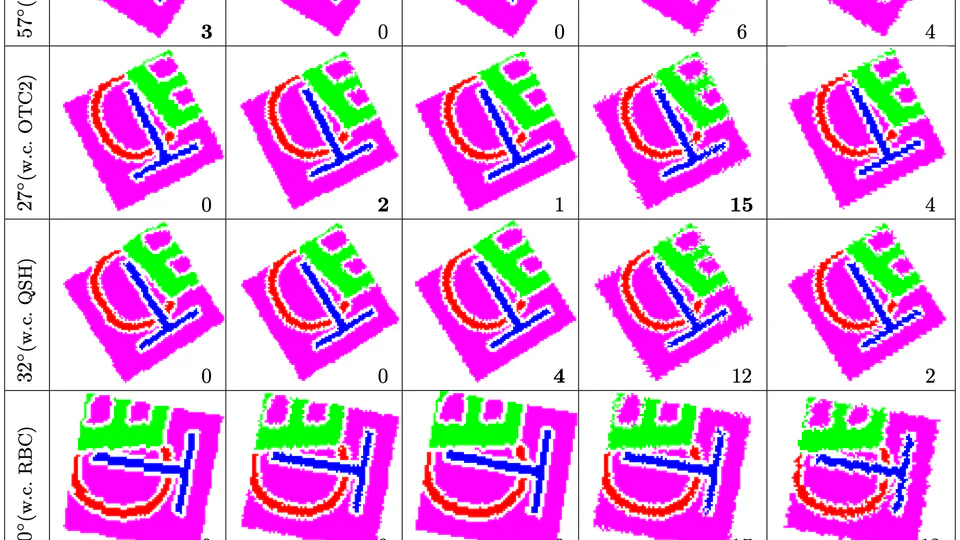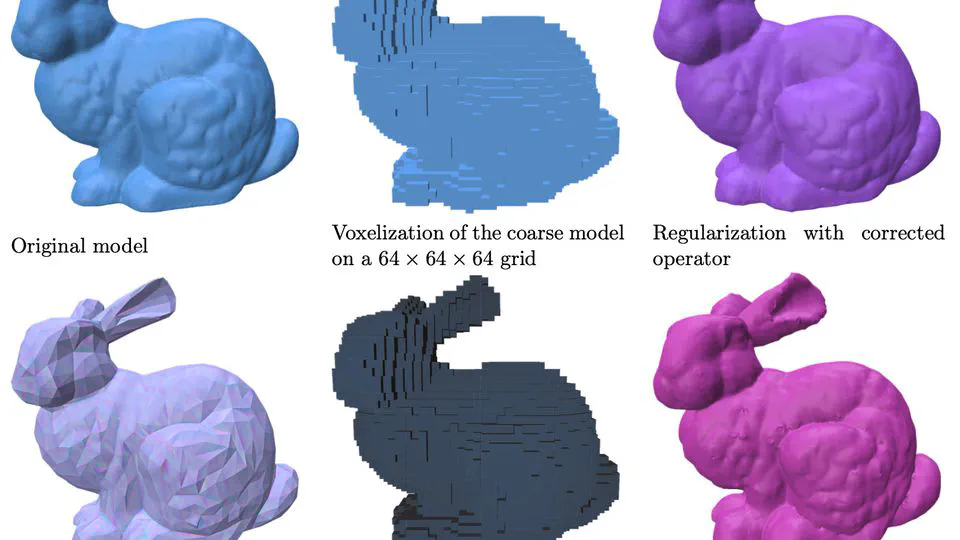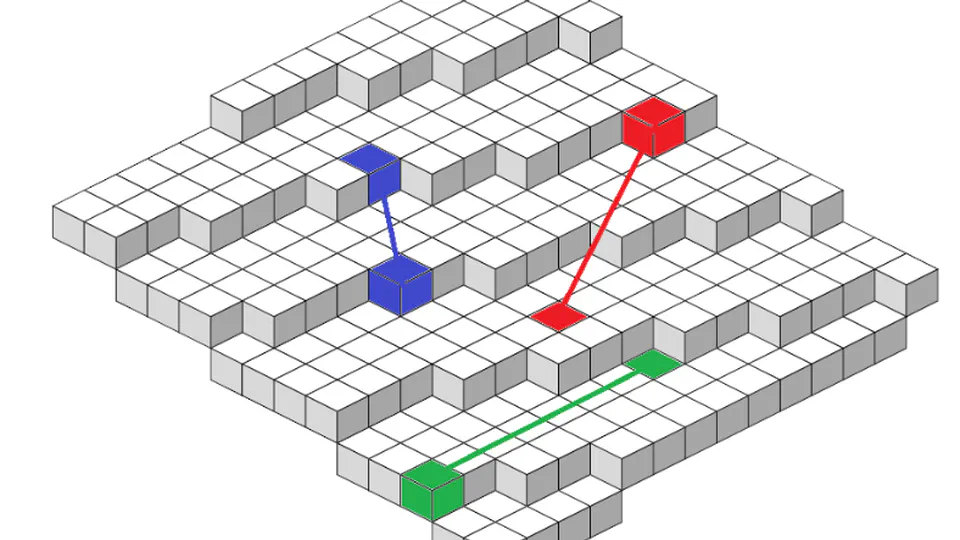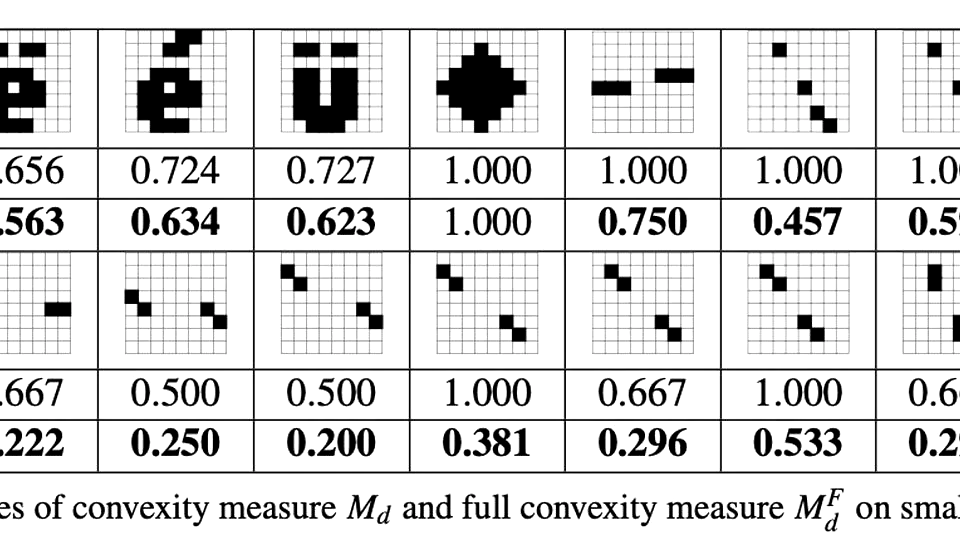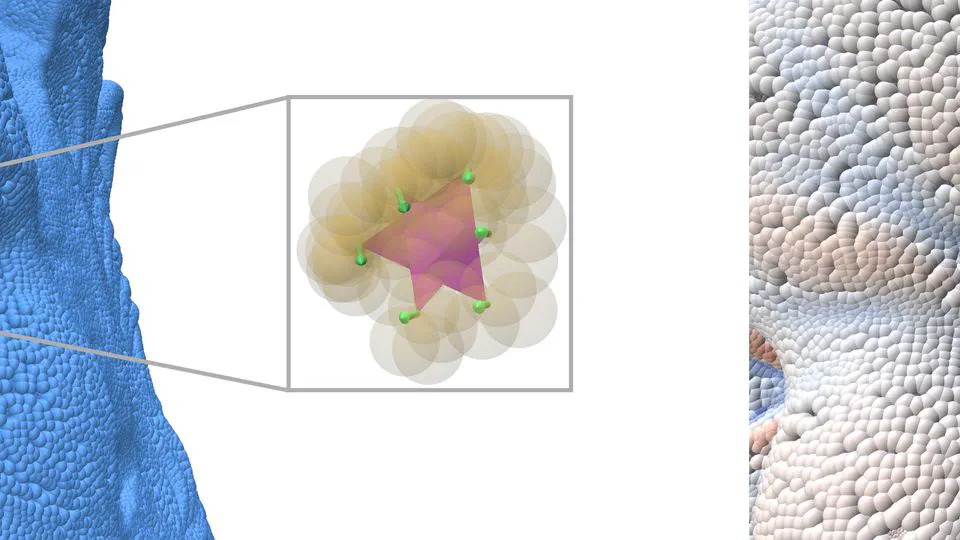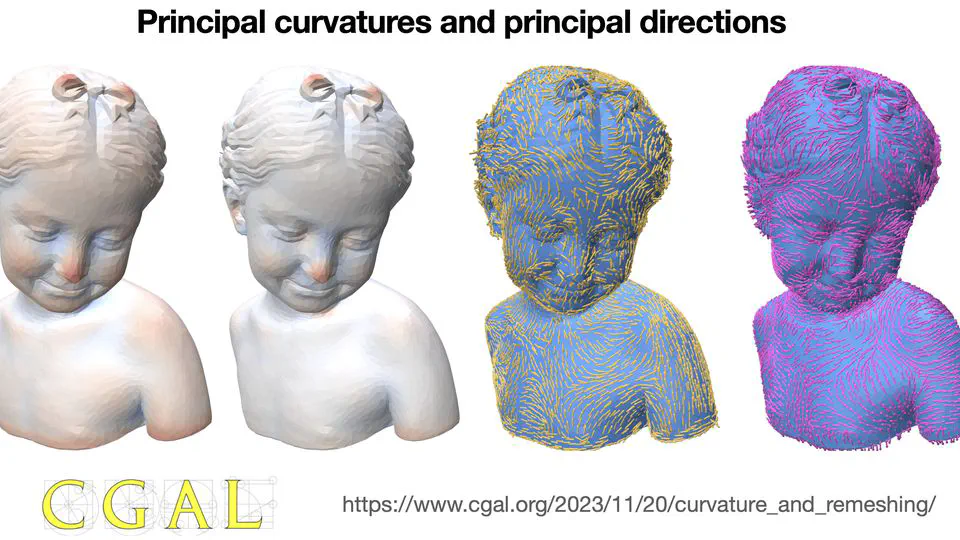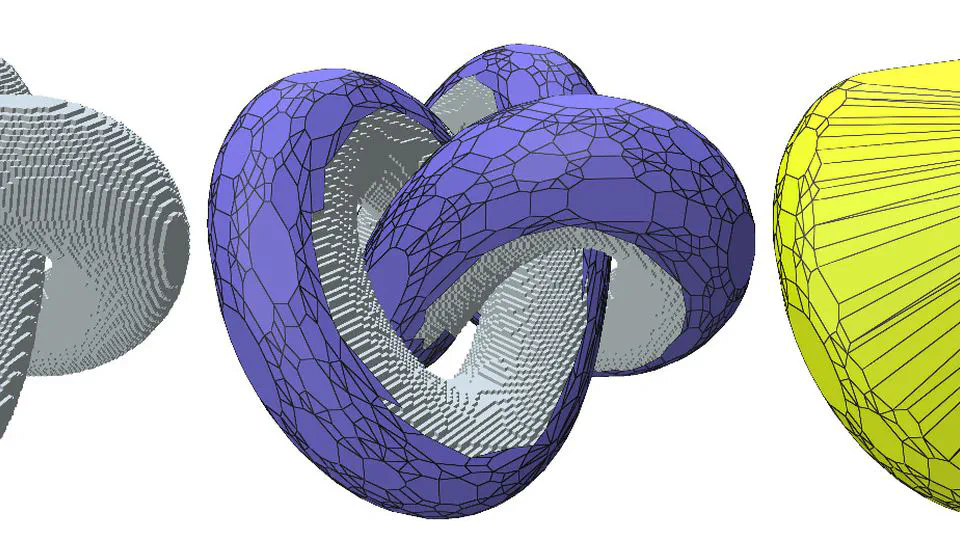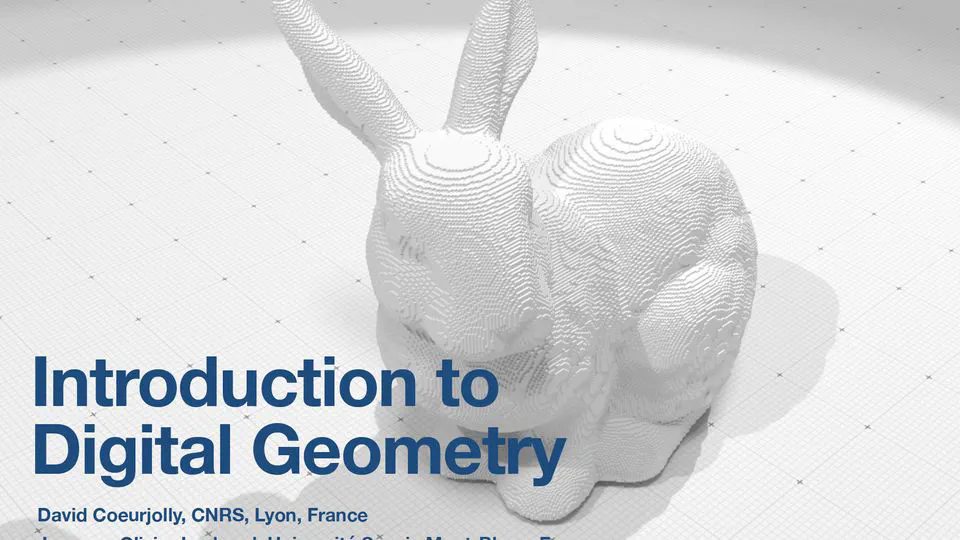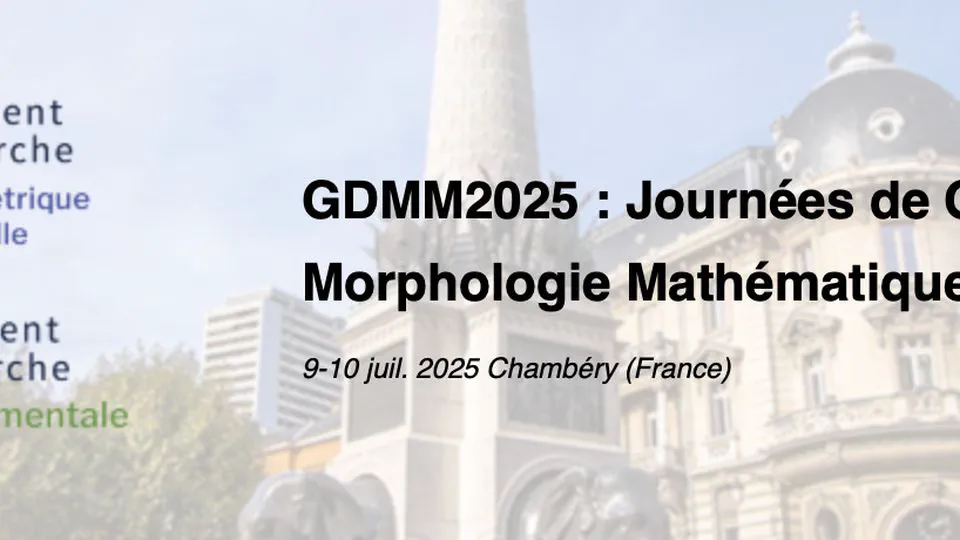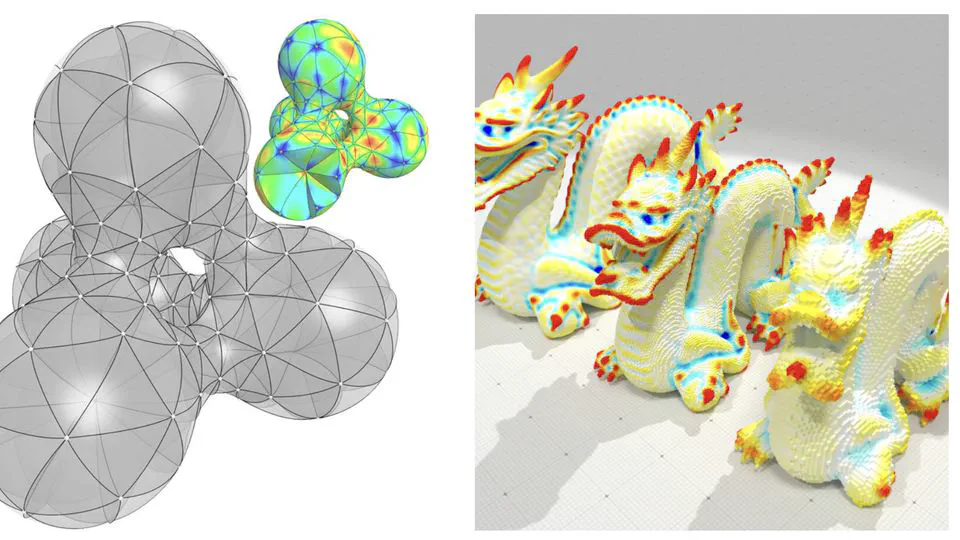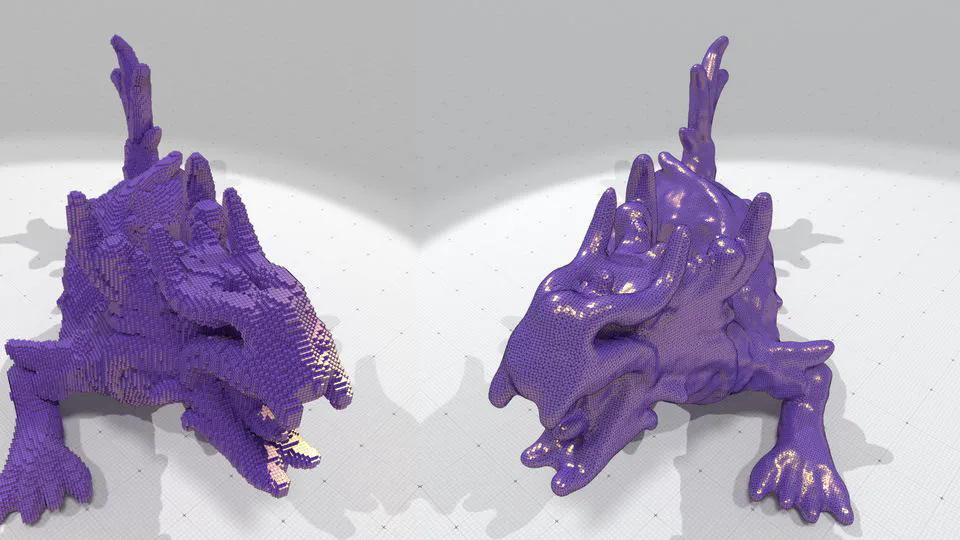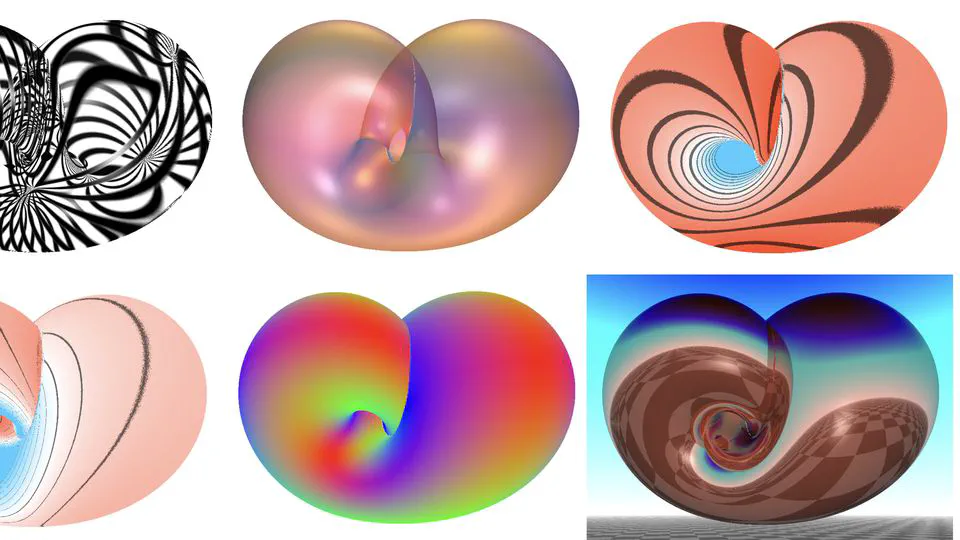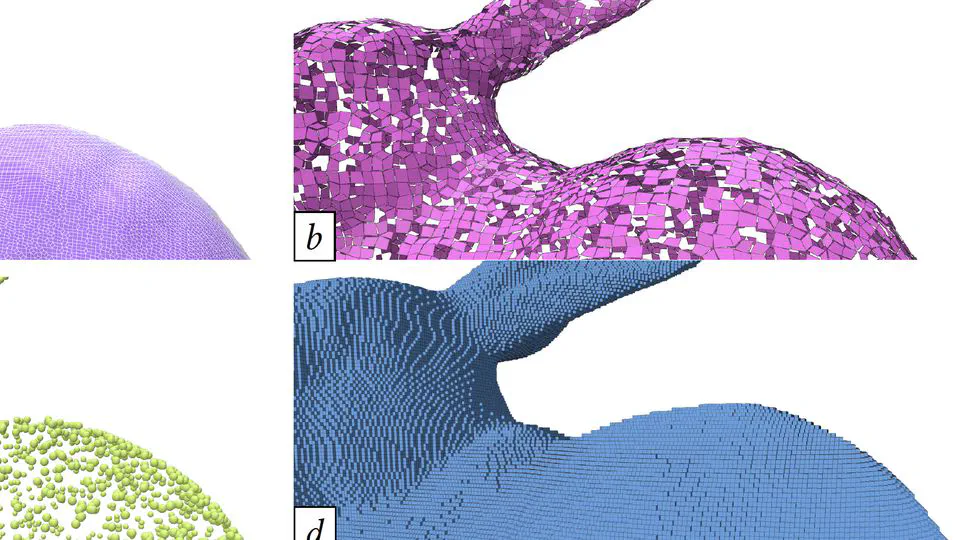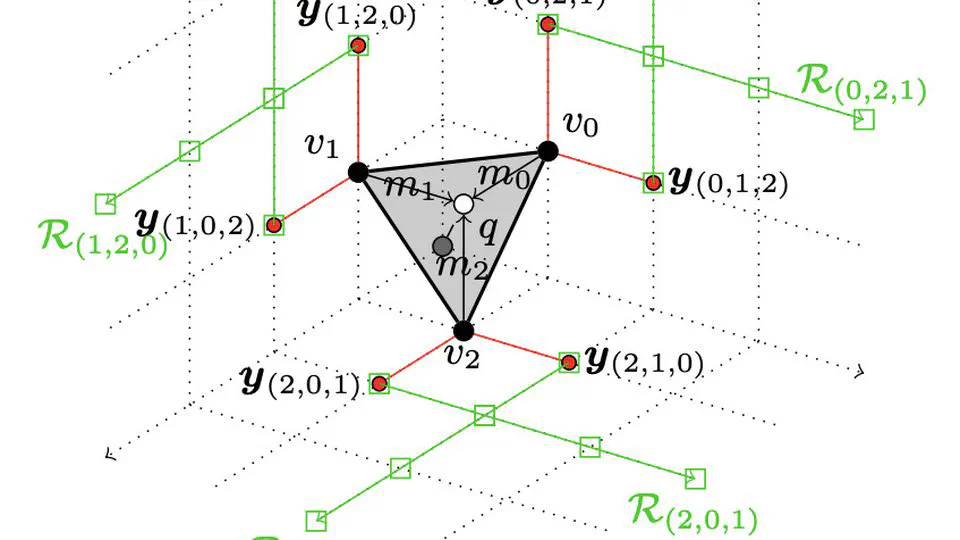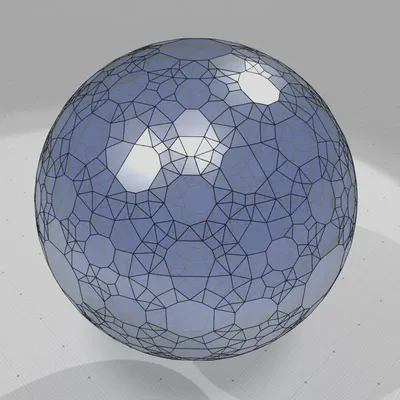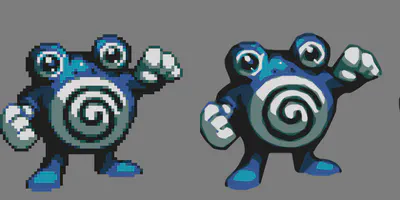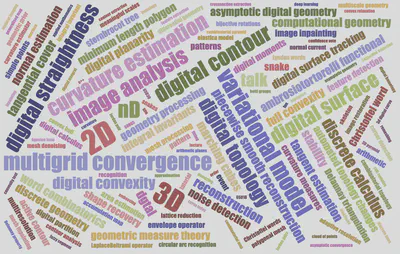Professor of Computer Science
I am Professor of Computer Science at University Savoie Mont Blanc. I do my research in the Laboratory of Mathematics. I teach in the Computer Science department of UFR Science and Montagne. I was co-chair of the thematic year “Geometry” of the GdR IFM and IGRV during 2023-2024. I was head of the Cursus Master en Ingénierie Informatique till August 2024. My research interests include digital geometry and topology, image segmentation and analysis, geometry processing, variational models, and discrete calculus. Albeit not an expert, I am also quite fond of arithmetic, word combinatorics, computational geometry, combinatorial topology, differential geometry and I often use several related results in my research.
- Digital Geometry
- Image analysis
- Geometry processing
- Variational models
- Discrete calculus
HDR in Computer science (Habilitation à Diriger des Recherches), 2006
University Bordeaux 1
PhD in Computer Science, 1998
University Joseph Fourier
MSc in Computer Science, 1994
University Joseph Fourier
Engineer in Applied Mathematics and Computer Science, 1994
ENSIMAG School of Engineering
Corrected curvature measures
Année "Géométrie" 2023-2024 : bilan et prospective
Cross Border Meeting on Discrete and Computational Geometry and Applications
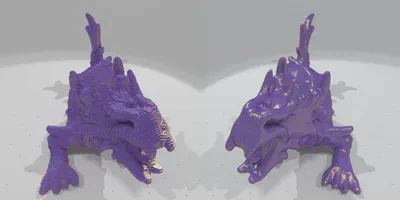
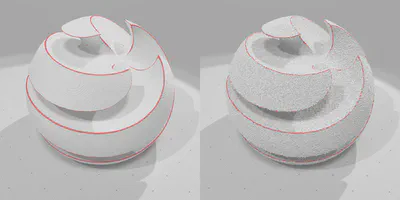
| 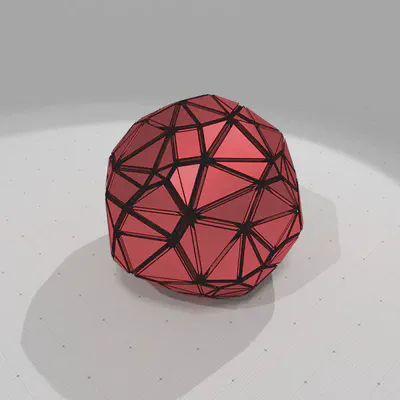 |
| 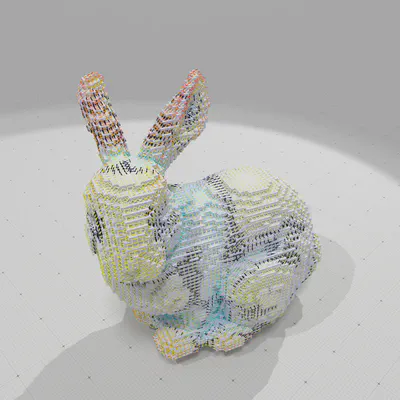 |
| 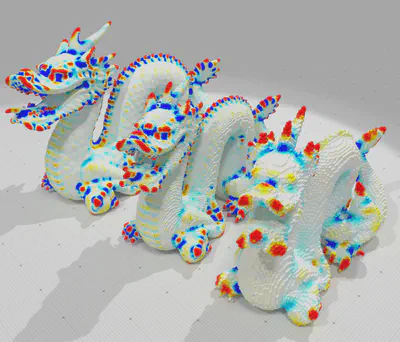 |
| 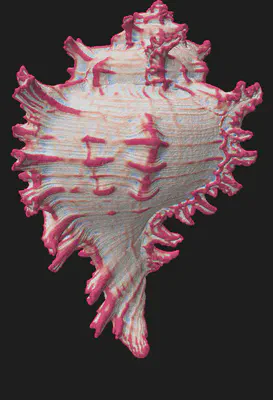 |
| 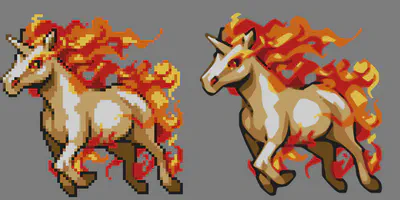 |
| 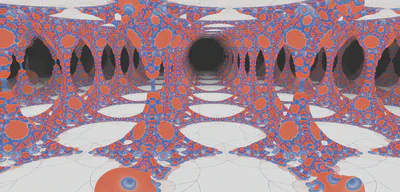 |
jacques-olivier.lachaud_@_univ-smb.fr
+33 4 79 75 86 42
Université Savoie Mont Blanc, Laboratoire de Mathématiques, campus scientifique.
Le Bourget-du-Lac, F-73376, France
https://maps.app.goo.gl/pzsdHsp64kGQzwyy8
Enter Building “Le Chablais” (number 21), and take the stairs to Office 104 on Floor 1
